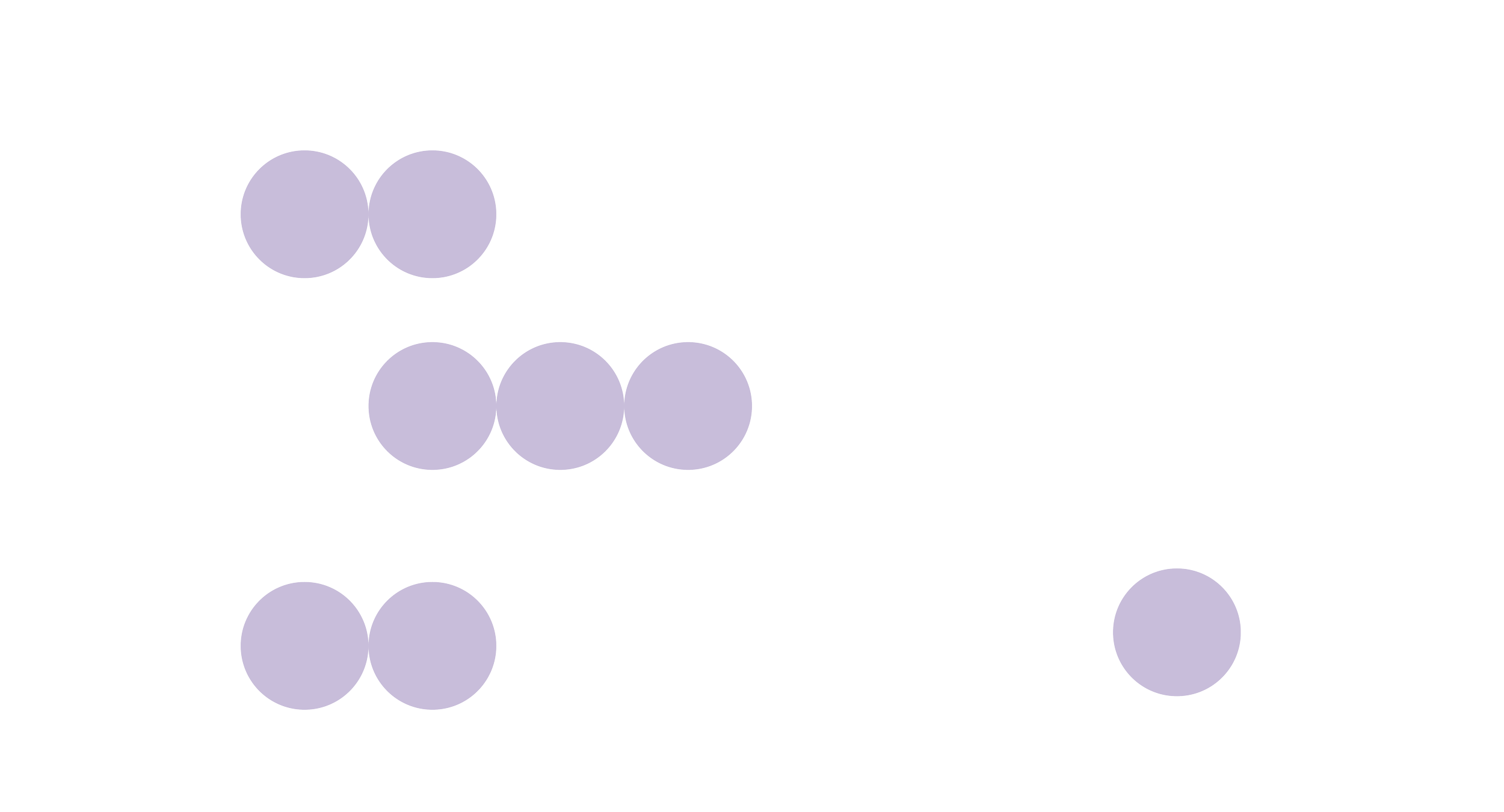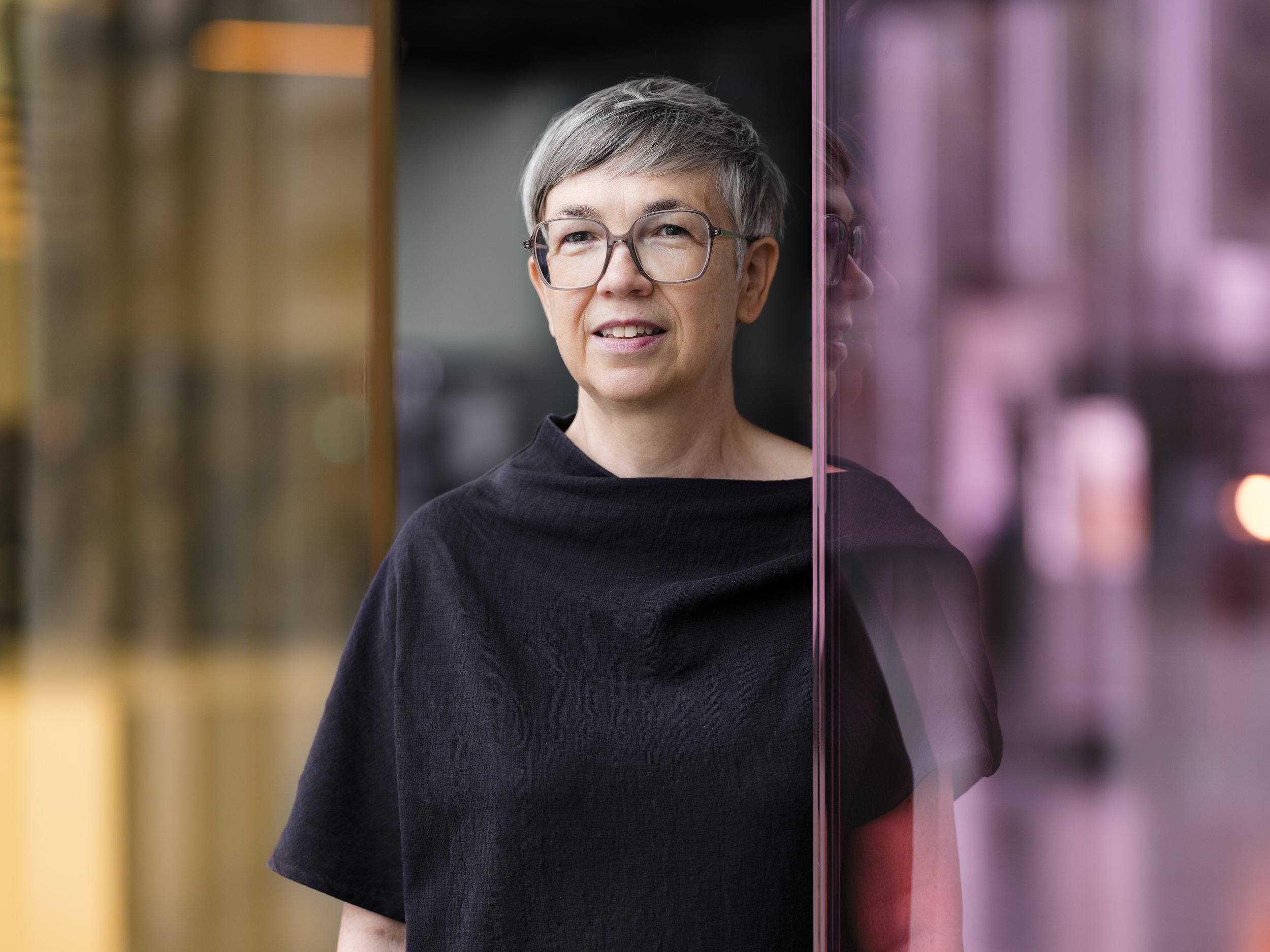
BARBARA STEINER
Director Bauhaus Dessau Foundation. Curator. Author.
As director of the Kunsthaus Graz from mid-2016 to the end of 2021, Barbara Steiner has realized a series of very successful exhibitions and significantly developed the exhibition venue. Before that, she was a visiting professor for the master’s course in curatorial cultures at the Academy of Visual Arts in Leipzig for two years. In the 1990s she headed the art associations in Ludwigsburg and Wolfsburg and from 2001 to 2011 the Foundation Gallery for Contemporary Art (GfZK) in Leipzig. In addition, Barbara Steiner taught at the University of Art in Linz (1994-2000), the Royal Danish Academy of Art in Copenhagen (2000-2002 and 2004/2005) and the University of Applied Arts in Vienna (2007-2009). Since 2021, Steiner is director and CEO of the Bauhaus Dessau Foundation, Germany. In her theoretical and practical work, she deals with structural and institutional issues as well as the regulatory framework of cultural production.
Barbara Steiner / © Stiftung Bauhaus Dessau, Thomas Meyer
“What interests me to this day are more the margins, you could also call them grey areas – whether of discourses, disciplines or practices. Often it is also a matter of crossing boundaries. These can be disciplinary but also ideological.”
Barbara Steiner, Bauhaus Dessau Foundation, talks to Andreja Hribernik, Kunsthaus Graz
How do you see the public mission of an institution? Where does this lie, and how do you view the institution’s relationship to society in general, but also to educational institutions such as schools and universities?
First of all, it’s about creating and maintaining spaces that resist political and commercial incorporation. A very narrow concept of usefulness regarding what institutions should provide is harmful because it restricts us from thinking and using space differently, that is, it constricts imaginative space. Of course, institutions must legitimise themselves in a social sense, but this calls for a broader discourse – also about usefulness itself. The question ‘Useful for whom?’ seems to me central, and further to this: ‘When will be able to see the effects, immediately or in XX years?’ In general, I have noticed that the demands and expectations placed on art institutions have grown enormously. Museums should be the custodians of a rich heritage, create identity, open themselves up to new audiences, carry out educational and socio-political activities, be inclusive, provide appealing attractions for tourists, have an impact on the city and region, be globally networked, have an international profile and generate cultural and material value creation. This increasingly overstretches and exhausts institutions and everyone working there. They are expected to achieve a GREAT deal, and always more and more.
Nowadays there is a lot of discussion around the accessibility of museums, so that as a curator, but also as the director of a museum, you are often faced with claims and statements that we are making everything too complicated. What does accessibility mean to you?
Inclusion is taken much more seriously today and is also increasingly demanded. This is a very good thing in itself, but it does entail further challenges. Although there are many things that are now par for the course, such as barrier-free access so visitors can participate in the programmes and events without any restrictions and independently, nonetheless the tasks have continued to grow. And so they should, if you take these requirements seriously. Added to this, there is a growing focus on the area of communication, preparing a range of accessible information in various formats in a respectful and welcoming manner, the avoidance of stereotypes and prejudices and an appropriate target group-specific approach through various channels. This calls for a lot of skill in the organisations, enough resources to be able to bring in the relevant expertise and, in any case, plenty of time to engage in dialogue with a variety of groups. Everyone is talking about inclusion, but ultimately there is a lack of the resources and people required in order to meet expectations. I see the idea of a ‘museum for all’ as a mission to set out on a journey, as a process. In terms of content, programme, space, communication, and so on, we can and must aspire to this, while being aware of the many dilemmas that come with it.
What is important to you as the director of a public institution? This question is more general and not only connected to the Kunsthaus.
Structure and content should not be separated, because otherwise structural and hence systemic issues are ignored and political, economic, social and cultural pre-configurations are underestimated. This is because hegemonies, social asymmetries and ideologies are inscribed in structures, they reflect social conditions, claims to power and political and economic interests, they include and exclude. This observation is nothing new – throughout the 20th century to the present day, the museum, or more broadly defined, cultural institutions, have been criticised from multiple perspectives for precisely these reasons. The experiences I had in the 1990s and early 2000s were important for me. At that time I thought – as did many others – that it should be possible to rethink the structures of mostly medium-sized, publicly funded contemporary art institutions, together with their content. These attempts were later to be labelled ‘New Institutionalism’ and encompassed a whole range of curatorial, art education and administrative practices. Art institutions became places of production, research and debate, a host, while viewers became contributors, participants, guests, co-producers. Institutional stakeholders redefined their tasks, roles and mandates together with the artists and began to take a self-critical look at their position within the cultural-political and social fabric as well as their institutional legitimisations. Many institutions, including large ones, later built on these shoulders.
In my view, however, there was a blind spot: yes, the programme was renewed, the orientation of the institution was changed, the institution was even rethought, but we all underestimated the political and economic framework. Addressing different communities has worked on a small scale, but has not taken on a larger social dimension. Perhaps also because the discourses remained hermetic in many places and the expectations of the majority audience towards art were different after all. Perhaps also because we did not communicate compellingly enough. Yes, of course, the responsible authorities and political bodies did not support these attempts to reformulate the art institutions. The gradual shift towards neoliberal or populist cultural policy in Europe has doubtless also contributed to the fizzling out of these attempts. But obviously we did not manage to convince political representatives and win over a sufficient audience. Perhaps because this ‘we’ didn’t really exist. The attempts were supported by a community that was too small and weak to be able to communicate and spread change.
I think that the socio-political framework in which we were operating was simply overlooked. Back then, this also included the conditions in which you yourself were working. Then as now, this includes financing (the relationship between private donors, state funding and its conditions), i.e. economic structures, short-term contracts and basic legal conditions – such as the budgetary law of a particular country, funding guidelines, funding logics. These experiences back then led me to examine the contexts and conditions of artistic, academic and curatorial production in both my institutional and curatorial work. Against the backdrop of a highly complex web of interests, political and economic constraints, where and in what form must what conditions be created in order to not only allow but also encourage alternative ideas to the status quo? This is what drives me – whether back then in Graz, or today in Dessau.
“If you want to achieve something for art, you have to start with institutional structures and systemic challenges.”


